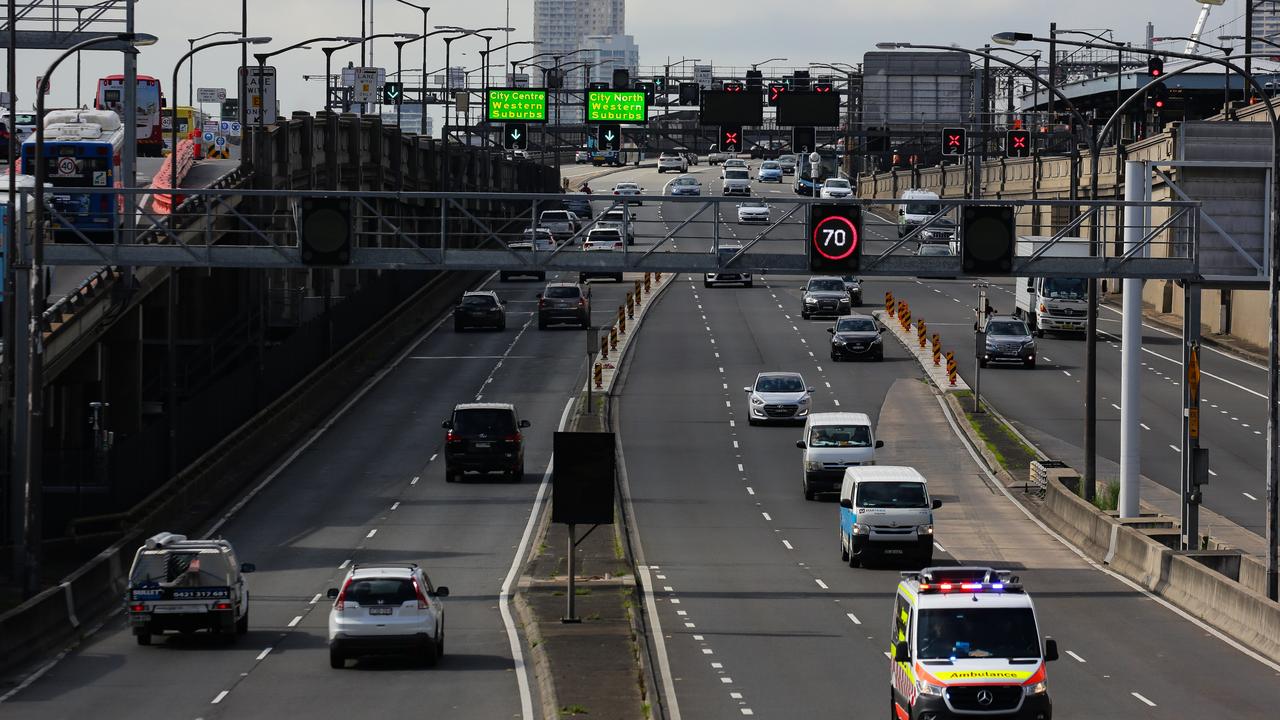Top 10 road rules motorists are getting wrong
When to indicate at roundabouts and giving way to pedestrians were the top two most misunderstood road rules for NSW drivers.
NSW motorists are being reminded to obey basic road rules after data revealed June was the deadliest month on the state’s roads all year.
According to Transport for NSW, 37 lives were lost last month bringing the road toll to 317 – almost double the number of deaths compared to this time 12 months ago.
According to Transport for NSW when to indicate at roundabouts and when to give way to pedestrians topped the list of the most misunderstood road rules.
Here we take a closer look at the rules that are leaving Aussies baffled.

Roundabout rules are the most misunderstood on NSW roads
One of the most misinterpreted road rules when it comes to using roundabouts is when to indicate, according to several comments on the Centre for Road Safety NSW’s Facebook page.
The state’s road safety bureau’s guide says drivers must use indicators when approaching, entering, changing lanes and exiting a roundabout.
“Drivers approaching a roundabout must use their indicator if they intend to turn left or right, or make a U-turn at the roundabout. They must give other road users sufficient notice of their intent to turn,” the guide states.

A signal is not required when a motorist is going straight through a roundabout, however the situation does change when a vehicle that’s turning exits the roundabout.
“Just like exiting any road, drivers must signal left when leaving a roundabout, if it is practical to do so, and stop indicating as soon as they have exited the roundabout,” the guide states.
“When travelling straight ahead on a small single lane roundabout, it may be impractical to indicate left when exiting.”
Drivers are also advised to use common sense by following road markings, and doing head checks when changing lanes within a roundabout.
They’re also advised to slow down and give way or stop, depending on if there are any other vehicles approaching or already in the roundabout.

Giving way to pedestrians when turning
Last month, four pedestrians were killed on NSW roads, bringing the state total for this year to 31 pedestrian fatalities.
While pedestrians are advised to always be on the lookout for vehicles when crossing the road for their own safety, they also have the right of way when crossing at an intersection most of the time.
“If a driver is turning left or right at an intersection, the driver must give way to any pedestrian crossing the road the driver is entering,” the guide states.
“This applies to intersections with and without traffic lights. However, this rule does not apply at roundabouts.”
To cross safely pedestrians are advised to be fully concentrated on the road and their surroundings, thus should put their phones and any other distractions out of sight until they reach the other side of the crossing.
Pedestrians are also advised to cross at lights and zebra crossings if the amenities are available for safety.

Mobile phones are a massive distraction
According to the NSW Towards Zero campaign, there were 191 casualty crashes involving a driver or rider using a handheld mobile phone between 2012 and 2019.
“At 60 km/h, if you look at your phone for just two seconds, you travel 33 metres, virtually blind. A short lapse in concentration can have serious consequences,” one of the campaign’s flyers states.
In recent years, rules around mobile phone use while driving has become more strict with drivers only allowed to use a phone if it’s secured in a commercially manufactured and designed mounting device which is fixed to the vehicle and doesn’t obscure the driver or rider’s view of the road.
Another exception is if it can be operated hands-free, via bluetooth or voice activation for example.

“Drivers/riders may only use the navigation or GPS function of a phone while driving/riding if the phone is secured in a fixed mounting and doesn’t obscure the driver’s view of the road,” the guide states.
“While driving/riding, a mobile phone cannot be used for anything else, including: Texting or audio texting, emailing, using social media, taking photos, video messaging and holding your phone in any way in hand, on lap, between shoulder and ear.”
Road users are only allowed to use their device for these functions if their vehicle is parked out of the line of traffic.
“Learner, P1 and P2 drivers and motorcycle riders are not permitted to use any function of a phone while driving/riding. This includes when waiting at traffic lights or stuck in traffic,” the guide states.

More road rules motorists fail to obey
The remaining seven most misunderstood road rules reported by Transport for NSW vary from merging between lanes, keeping in the left lane, headlight use, U-turns, following distances, school zones and yellow traffic lights respectively.
There are about 660 demerit point offences a driver can be penalised for if found disobeying road rules by authorities, with some also tied to some hefty fines.
Centre for Road Safety NSW director Bernard Carlon told the Sydney Morning Herald, “these are not rules for rules’ sake … these cause real-world trauma”.
More information on NSW’s top most common confused road rules can be found on the Top 10 misunderstood road rules in NSW digital guide.
Originally published as Top 10 road rules motorists are getting wrong





